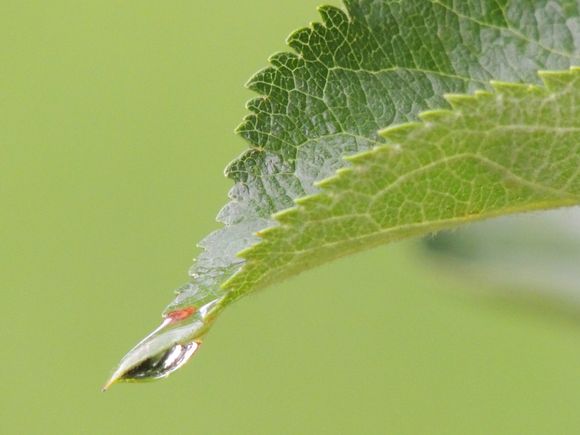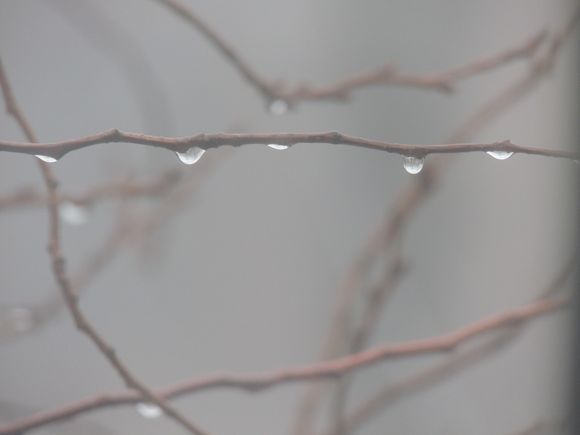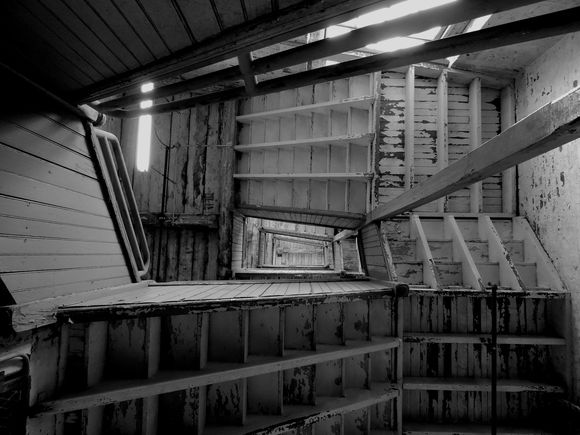Much as I did with the sports section of The Boston Globe nearly every morning when I was a kid, the monthly delivery of National Geographic magazine inevitably ended up within my grasp long before my father – the actual subscriber – had a chance to look at it. Even if it was dogeared and creased by the time my dad got around to looking through it, the beauty of the photography was still clear – and breathtaking. It represented the best collection of photography you could find in the pre-Internet dark days.
Today, with National Geographic’s Photography website, it’s like having every issue ever printed right at your fingertips. The stunning shots are taken to a new level, however, thanks to high-definition laptop screens and computer monitors.
The home page includes a rotating introductory section of its top three features followed by a Photo of the Day section and a Best Of collection from the previous months. An Editor’s Pick section highlights galleries that are chosen by the magazine’s editorial staff and include everything from a collection of overhead drone shots to a picture story on a three-legged canine war hero.
It’s most engaging and interactive area of the site is the reader-submission “Your Shot” section. Each month, NatGeo hosts a three-week “assignment” in which reader-photographers post shots following certain criteria. The submissions are curated by editors and photographers, who also elaborate on why they chose certain photographs. The recent “Unexpected Discoveries” feature – highlighting surprising images found in your photographs – featured more than 15,500 submissions and thousands more “love/favorite” and comments.
Additionally, there’s a Your Shot blog, and the Your Shot Community features portfolios and work from new and longtime members.
Readers can also view sections on photo tips, NatGeo photographer biographies and the Proof blog, which covers a variety of photography-related issues. There are also opportunities to purchase prints, view galleries and download wallpaper.
The interactivity is phenomenal, with comments on virtually every photo as well as an opportunity to share on Facebook and Twitter. Commenting is activated via a Facebook login or by registering on the NatGeo site.
It was hard to find something I didn’t really like about the site, but the fact that the 2014 Photo Contest is still a prominent piece on the home page – despite the entry deadline having passed on Oct. 31 – was a bit strange. You can’t really “Submit Your Best Shot Today” if it’s no longer eligible.
That being said, National Geographic’s Photography site stands apart from the other two sites I chose to examine.
The recently upgraded The Big Picture has moved from Boston.com to BostonGlobe.com, and that’s a great thing. The photos are much larger than in their previous incarnation and beautifully displayed against a black background. Each of the 16 images currently on the home page leads to galleries that range from 10 to 31 related photographs. Each gallery can be shared on social media and via email but there are no counters to indicate how often that occurs. Additionally – and very surprisingly – there are virtually no comments on the photos.
Another surprise: when you click on the link to the archive, any galleries posted prior to the Oct. 9 migration to the Globe site are still in the old format. Still great photos, just in a far less appealing package.
Rare Historical Photos satiates two of my biggest interests in one site: photographs and history. Each of the iconic photos is accompanied by a back story as well as comments from the photographer who took the shot. Many of the photographs also include a related “interesting fact” related to the photo or an element of the story.
There are opportunities to share photos on social media and there is a fairly active comment section for many of the photos, accessible via Facebook login, but the site’s design is a huge drawback. The images on both the home and category pages are little more than thumbnail-sized and the text accompanying each image is simply the first few sentences of the post on the landing page.
But despite the substandard design, the site accomplishes exactly what it sets out to do: provide background on some of the most recognizable images in history.




